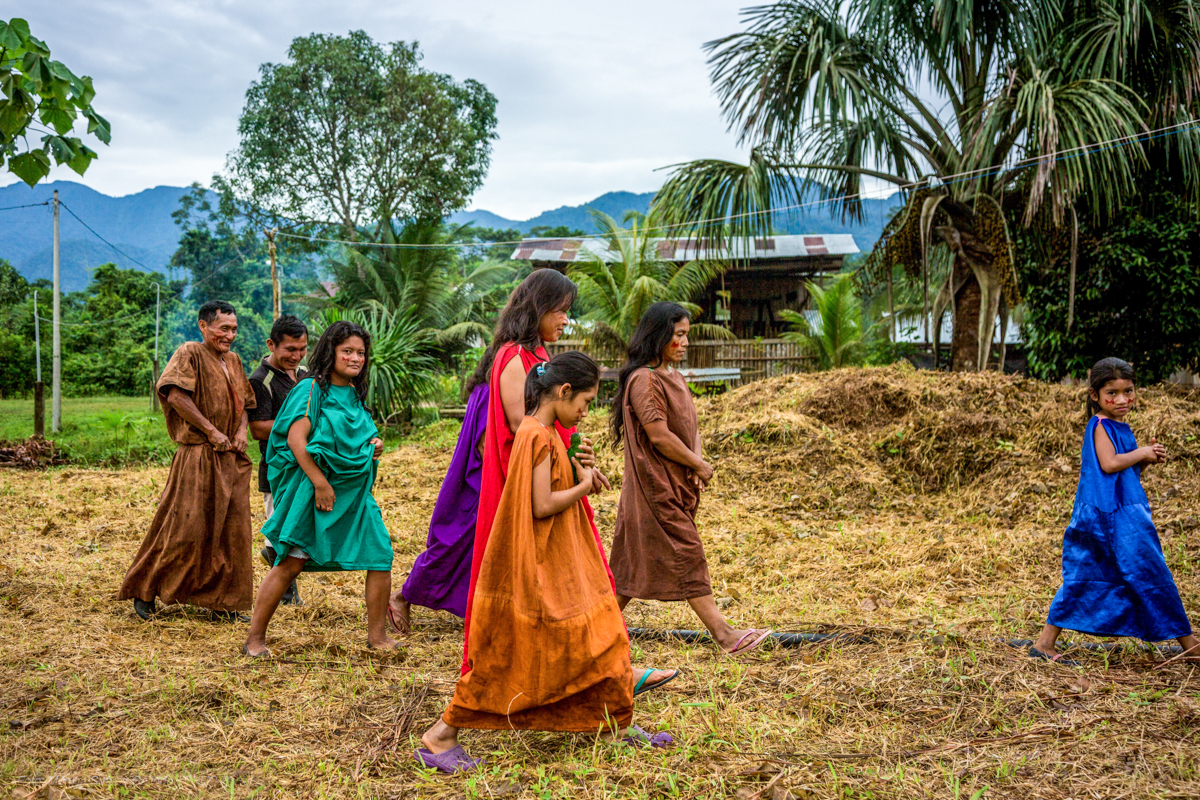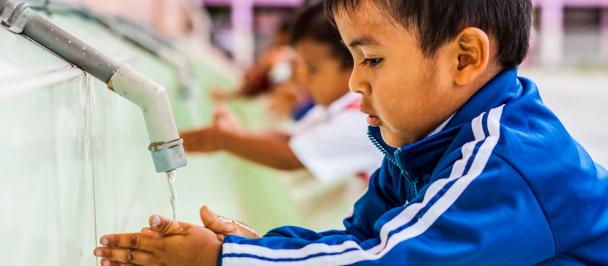There are between 25,000 to 45,000 Indigenous Asháninka living in Peruvian forests. Potential economic and social impact of COVID-19 is still uncertain. There is no doubt that this will be more critical for people who were already in a vulnerable situation before, including indigenous and rural populations. UNDP Peru / Mónica Suárez Galindo
As with most countries in the world, cases of coronavirus, COVID-19 in Peru are rising. The government has responded rapidly and firmly to “flatten the curve,” with widespread support from the public. However, considering the dynamics of the illness in other places, including those who have also carried out early responses, the hardest days are yet to come, and not just for health reasons.
Although 80 percent of the cases are concentrated in Lima, the country’s capacity to diagnose and treat people is still being developed. Although measures were put in place to close the gaps from day one, this is not going to be easy. According to our latest State Density Index, at least 107 out of the 196 provinces in the country have fewer than 10 doctors per 10,000 inhabitants. This situation could cause more complications in regions with high numbers of citizens over 80, given that this group represents one out of every six cases diagnosed with COVID-19.
The added pressure on the Peruvian health system is only part of the problem. As borders close and stock markets and international economies falter, the potential economic and social impact of COVID-19 is still uncertain. It has already posed a significant challenge for people who depend on daily incomes to survive and, depending on the duration of measures such as quarantine, threatens tourism, urban services and those who depends on the so-called “sharing economy,” who aren’t employed by, but depend on third-parties for their main income. There is no doubt that this will be more critical for people who were already in a vulnerable situation before; people in informal or precarious jobs, migrants, households that depend on only one salary and indigenous and rural populations.
According to the Chamber of Commerce of Lima’s Economic and Business Development Institute, in 2019, around one million people in Peru were at risk of falling back into poverty if their income was reduced by an average of seven percent. This leaves them extremely exposed to shocks such as an illness in the family, the loss of jobs, or the reduction of working hours, among others. These are precisely the dynamics that are exacerbated by the pandemic.
UNDP has supported Peru’s successful fight against poverty over the last two decades. With COVID-19 expanding its reach across Latin America, the stage is set for the country to show regional leadership when it comes to social progress. That involves protecting people not only from the illness, but also from the potential worsening of their living standards. An emergency fund for people living in poverty is fundamental, but it also must include the vulnerable class, many of whom direct or work in the small businesses that helped increase the national economy’s resilience during the last global economic crisis in 2008.
The true impact of COVID-19 will be complex and felt beyond national averages. It demands integral solutions which put people at the centre and which consider the socio-economic impact on families and the possible human rights violations to the most vulnerable populations. Just as other countries are already experiencing a rise in xenophobia and discrimination against people of Asian descent, in Peru the Venezuelan migrant population, largely employed in the informal sector, could be at risk. It is fundamental to develop policies that take into account both the overall socio-economic impact and analyses of the vulnerable populations’ income and their social services. It is also key to analyze how this evolving scenario is affecting gender inequalities.
This is a challenge that requires the leadership of the state and the support of everyone, particularly the private sector, along with active citizens, the majority of whom have responded with solidarity, responsibility, and creativity. Information technology and social innovation are opening new routes to explore that can already be seen in the country; professionals offering support through social networks, even parties on Google Hangouts to deal with the mental health impact produced by quarantine. Even within UNDP, through our ‘Inspiring Businesses’ initiative, we are providing support to the private sector and its corporate volunteer schemes for the development of tools to reactivate small and medium businesses’ economies. This could later be expanded nationwide with the Ministry of Production and other alliances.
It is an atypical moment for a population who, in great majority, feel disconnected from the state. We must respond accordingly so in the face of the COVID-19 and other vulnerabilities, absolutely no one is left behind.

 Locations
Locations

